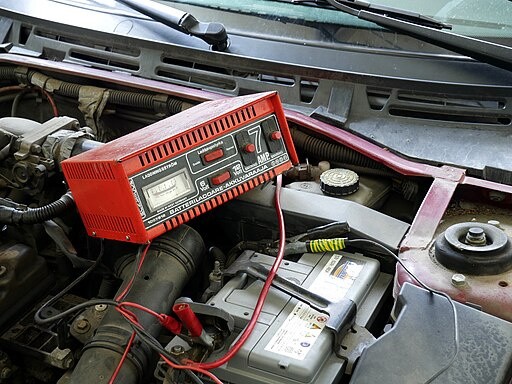A recent breakthrough was achieved by researchers that can reshape the landscape of battery technology. They have developed a new material that can conduct lithium ions at a speed that matches liquid electrolytes.

Electrolytes as Conducting Medium
Conventional batteries have three major components: a negatively charged electrode (cathode), a positively charged electrode (anode), and an electrolyte that separates these terminals. An electrolyte is a chemical that allows an electrical charge to pass between the terminals.
Depending on the type of battery, the electrolyte can either be a liquid or a paste-like substance. A typical lithium-ion battery's liquid electrolyte comprises various solvents and minute additives. These can be modified depending on the action of the battery.
Electrolytes are important components inside batteries since they provide the chemicals needed for the reaction in contact with the anode and cathode. This means they help convert stored energy into usable electrical energy, which powers connected devices like electric vehicles.
Most current systems use solid electrolytes instead of liquid. Solid electrolytes have advantages over liquid since they do not blow up. However, that improved safety comes at a price due to reduced performance. Solid electrolytes are typically worse at conducting lithium ions through their material.
READ ALSO : Cell Chemistry Evolution Might Unlock Electrolytes Development Inside Na- and Li-ion Battery Cells [Study]
Harnessing the Potential of Solid Electrolyte
Addressing this problem has been the goal of researchers from the University of Liverpool. They used silicon, iodine, lithium, and sulfur to create a new solid electrolyte that can take the shape of a 3D crystal structure. The result of their study is discussed in the paper "Superionic lithium transport via multiple coordination environments defined by two-anion packing."
The novel crystal structure provides 15 different pathways for lithium ions to navigate the material. Known as coordination movements, these pathways are described as how the positively charged ions are surrounded by and interact with nearby atoms or molecules. The number of pathways significantly departs from the current state-of-the-art lithium solid electrolytes.
Unlike the typical three or four, many environments are provided within the crystal structures. This enables the lithium to move through various pathways. There is also a high degree of disorder in the lithium environments within the crystal lattice, a property that is beneficial for ion transport in solids.
Having efficient ion conductivity is another advantage of the abundance of diverse pathways for lithium movement. While traditional solid electrolytes favor fewer and more similar pathways, the novel material combines a higher-density structure with various pathways. This offers lithium ions a multitude of movement options, reducing the possibility of ion trapping for improved overall conductivity.
Upon testing the effectiveness of the material, the researchers confirmed that its electrical conductivity is comparable to that of liquid electrolytes. Moreover, the material exhibits low activation energy, indicating minimal energy barriers for lithium-ion movement. According to the researchers, such promising results make the new material a suitable candidate for use as a solid electrolyte in next-generation battery technologies.
RELATED ARTICLE : Solid-State Battery Technology Uses All-Silicon Anode That May Make Future Electric Vehicles Cheaper
Check out more news and information on Electrolytes in Science Times.












